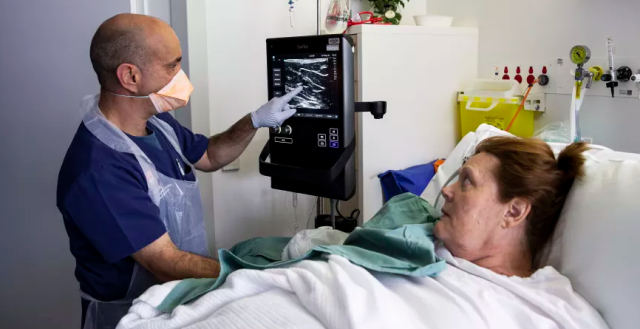
Any medical professional with hospital experience knows how crucial successfully inserting a peripheral IV can be. Getting fluids and medications into a critically ill or injured patient can make or break the effectiveness of their treatment.
At the best, a patient with challenging vasculature that involves multiple insertion attempts can frustrate and fluster medical staff while causing the patient to experience pain. At worst, a tricky vein can mean mounting medical complications as dehydration worsens; and the eventual necessity of a central venous line, which while very effective, carries its own set of risks.
Multiple attempts at cannulation and the placement of IV devices in areas such as the wrist and elbow can increase the risk of thrombosis, infection, and device failure.
"[It] can cause anxiety, patients can develop phobias,” says Dr Evan Alexandrou of Liverpool Hospital in New South Wales, Australia. “They come to us highly anxious, sometimes crying, and they're essentially at the point of refusing any treatment because of the trauma."
Veins can be difficult to access for a number of reasons, such as patient dehydration, a history of intravenous drug use, or obesity. Underweight and premature infants are particularly difficult candidates for normal peripheral IV access because their veins are simply so small.
Given the necessity and prevalence of peripheral IVs as a part of treatment, it’s no wonder that any solution that would make IV access easier would be eagerly adopted in almost any setting.
Bringing ultrasound-guided IV insertion to patients with challenging vasculature is exactly what is happening at Liverpool Hospital. Spearheaded by Dr Alexandrou, a new protocol for limiting the number of failed IV insertion attempts is being adopted by other hospitals in the area.
Continue reading at the Sydney Morning Herald.


